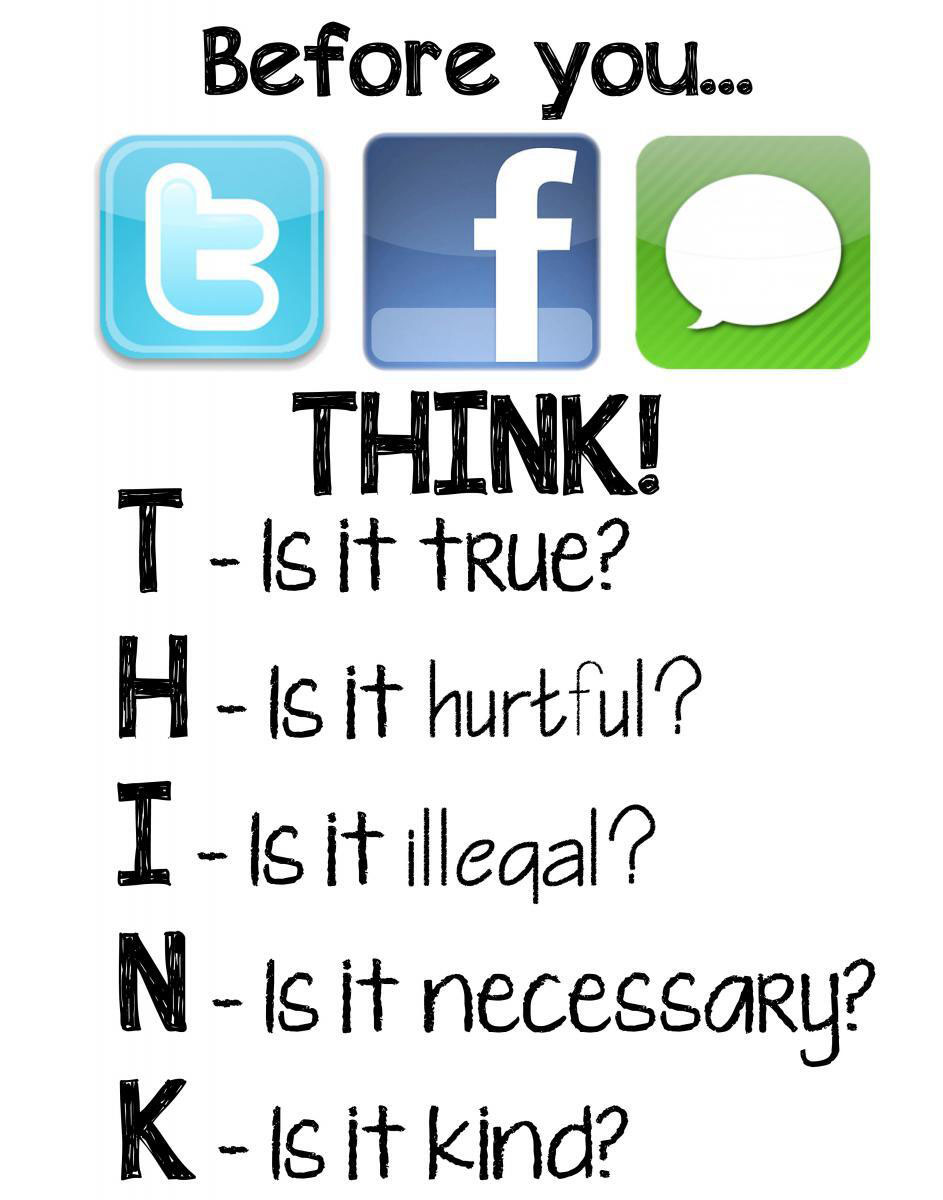 The concept of teaching citizenship is nothing new. It is defined repeatedly through the Ontario curriculum and is a focus of the Grade 10 Civics course. But the definition of citizenship has changed over time.
The concept of teaching citizenship is nothing new. It is defined repeatedly through the Ontario curriculum and is a focus of the Grade 10 Civics course. But the definition of citizenship has changed over time. To use a cliche, the dictionary defines "citizenship" as: "(a) membership in a community (as a college); (b) the quality of an individual's response to membership in a community". This is important to note when dealing with the concept of digital citizenship. Why? Because just like the real-world communities all people are part of, the same concept of community exists in the virtual world. Whether it be a Facebook or Twitter group, a clan on the Xbox or Playstation networks, or even responding to comments on a news website, the same expectations of politeness in society need to extend into the digital realm and teachers need to be at the forefront of helping develop these digital citizens for the 21st century.
In Ontario, the concept of a digital citizen is not lost with the provincial government. On the Ministry's OSAPAC website, the concept of digital citizenship is targeted in four specific areas:
Critical thinking and Information Literacy
Creation and Credit
Presence and Communication
Health and Protection
Each of these areas are key points that need to be addressed when teaching students about digital citizenship. Far too often they think that because they are hidden behind a username and will never come into contact with those they are communicating with it allows them to say what they want and act in ways which otherwise would not be acceptable in society. I wouldn't want someone walking up to me on the street telling me something awful about my mother or how I should get to know my dog better, and I certainly don't feel as though I should encounter the same online. However, for students, this is how they carry themselves. Anonymity allows people to show their true colours. However, saying the wrong thing about the wrong person can easily lead to problems. The key therefore is to find ways to understand how to approach and educate students.
Common sense media in a recent publication presents three goals that all educators should strive for when teaching digital citizenship - educate, empower, and protect. The goal through this is to create a curriculum where digital citizenship is the centre focus for the curriculum. By working to create a digital citizenship-centred curriculum, the same concepts of real-world citizenship can be extended into the digital realm. Teach students that their actions online have consequences and that they are expected to act in a certain way.

I included this image in my last post, but I cannot stress the importance of the T.H.I.N.K. approach to digital citizenship. Students need to know that they need to follow their gut and know that if something about what they wish to post or say just doesn't seem right, it probably isn't.
Another way to understand this is known as REP (Respect, Educate and Protect). In this method, an approach to teaching and learning digital citizenship is introduced as early as kindergarten and reinforced throughout school. By understanding the role of oneself and others in the digital realm, the common theme of REP will continue through education.
People naturally should be civil to each other and we as educators promote respect and care to others regardless of their background. These same expectations need to be taught to students as their lives will continue to increasingly grow around the virtual world. Citizenship extends in all directions and students need to be made aware of this.
ADDED Feb 24 - A great read from the National Post on technology etiquette: The Technology That Keeps Us Constantly Connected Is Changing The Way We Think About Etiquette









